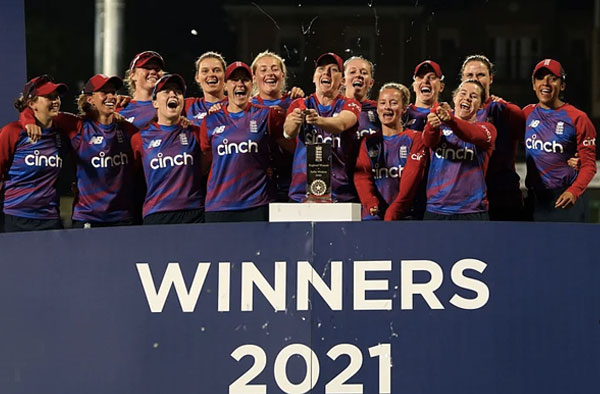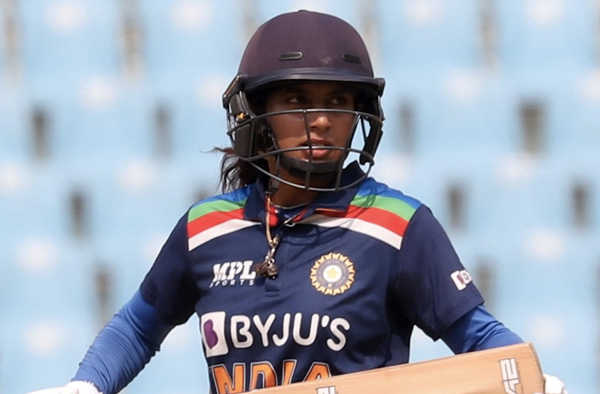Since the heroics of the ICC World T20 last year, when India reached the finals, the Women in Blue have played only a couple of international series so far. They played one against South Africa in March 2021 at home and they played one away against England just recently in June-July. Unfortunately, India lost to both South Africa and England, thereby denting all the appreciation that they had garnered after their wonderful performance in the ICC World T20 in Australia last year.

Commenting on India’s 6-10 loss to England in the multi-format series, which consisted of 1 Test, three ODIs, and as many T20Is, former India captain Anjum Chopra sees it as an indication that a lot still needs to be done.
Anjum Chopra in an interview with Firstpost said, “We always go out with the aim to win, never to lose. Yes, they were playing a Test match after a long time and they played phenomenally well to save the match but did anybody realize England bowlers were bowling back-to-back and they took 18 wickets. This is a plus for England Women, not that it is a minus for India because even men don’t do this very often. This was a big plus for women’s cricket. Coming back to the tour, the fact that we lost the ODI, T20I series, was negative. We saved the Test and won one ODI and T20I. That was a positive. But if we analyze the results from the prism of win or loss then the series was not a positive one. But there are a lot of takeaways. Sneh Rana was obviously the standout performer. Tanya Bhatia coming back and keeping so well and batting that well with Sneh Rana in the Test was positive. Deepti Sharma contributed with the bat and ball after the South Africa series, so that was a positive. Individually there are positives.”

After the England series, India coach Ramesh Powar hinted at bringing about “idealogical change”. Anjum says, “The most important factor is that women’s cricket team has not been getting that many tournaments as we have been asking for in the last 20 years. As far as I remember, our request and challenge have been exposure. Our challenge has remained fewer chances. I made my debut in 1995 and since then ‘we want more matches’ has remained constant. This line has not changed. And another thing is ‘we need to become fitter, we need to improve our fielding, we need to run better between wickets’, these lines also never change.”
She further adds, “I am very surprised we didn’t see from before that change is required. Winning in England is not easy with minimal cricket behind us in the last year. So obviously the players have worked hard but why do we as Indian players find ourselves so often in a do-or-die situation? Why can’t we incorporate a process in women’s cricket that gives us stability and results? It’s not only the players’ fault or just administrators’, but the process is missing. And it is not that we in India don’t know the answer to the problem because the men’s team is not required to play qualifiers to play in the World Cup.”

Another talking point after the India-England series has been Mithali Raj’s batting position and who should bat at number 3 for India in the ODIs. Anjum explains, “The best batter in the team should come at No 3 regardless of the plans. For so many years it has been well known that Mithali likes batting at No 3 and if that’s the case why is suddenly now batting at a lower spot. If she is the best batter in the team and the highest scorer in the world would she not want to bat the most number of balls. Or would you like to send your best player lower down the order? It’s the common theme in cricket; the best player bats at No 3. Only in the Indian team, the best player doesn’t bat at No 3, be it ODIs or T20Is.”
India will play their next international series against Australia in September-October. It will be an away multi-format series that will see three ODIs, 1 Test (D/N Test), and three T20Is.
This article is an excerpt of the original article published Ujwal Singh on Firstpost

Loves all things female cricket